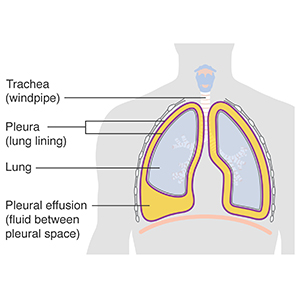Role of CRP as a marker for discrimination of exudative and transudative pleural effusion

All claims expressed in this article are solely those of the authors and do not necessarily represent those of their affiliated organizations, or those of the publisher, the editors and the reviewers. Any product that may be evaluated in this article or claim that may be made by its manufacturer is not guaranteed or endorsed by the publisher.
Authors
Differentiation between exudative and transudative pleural effusion is sometime problematic. This study aimed to evaluate the diagnostic value of C-reactive protein (CRP) in differentiation of exudative and transudative pleural effusion. This is an analytical epidemiologic cross-sectional study that evaluates the role of CRP in differentiating transudative and exudative pleural effusion. Patients were divided into two groups of exudates and transudates, based on Light’s criteria. The pleural effusion CRP levels were compared between the two groups. SPSS software version 16 was used for statistical analysis. The significance level was considered p<0.05. A total of 169 patients with pleural effusion enrolled in the study. Based on Light's criteria, 108 patients (63.9%) had exudative pleural effusion and 61 (36.1%) had transudative pleural effusion. The level of CRP in the pleural fluid of patients in the exudative and transudative groups was 13.3±37.1 and 3.5±4.3mg/dl, respectively (p=0.008). The 3.31 mg/dl cut-off point of CRP level of pleural effusion had the sensitivity, specificity, positive predictive value (PPV) and negative predictive value (NPV) of 96.3%, 72.1%, 86% and 91.7% respectively. The results obtained in our study shows that the level of CRP in the effusion fluid can be helpful in differentiating exudative from transudative pleural effusions.
How to Cite

This work is licensed under a Creative Commons Attribution-NonCommercial 4.0 International License.






